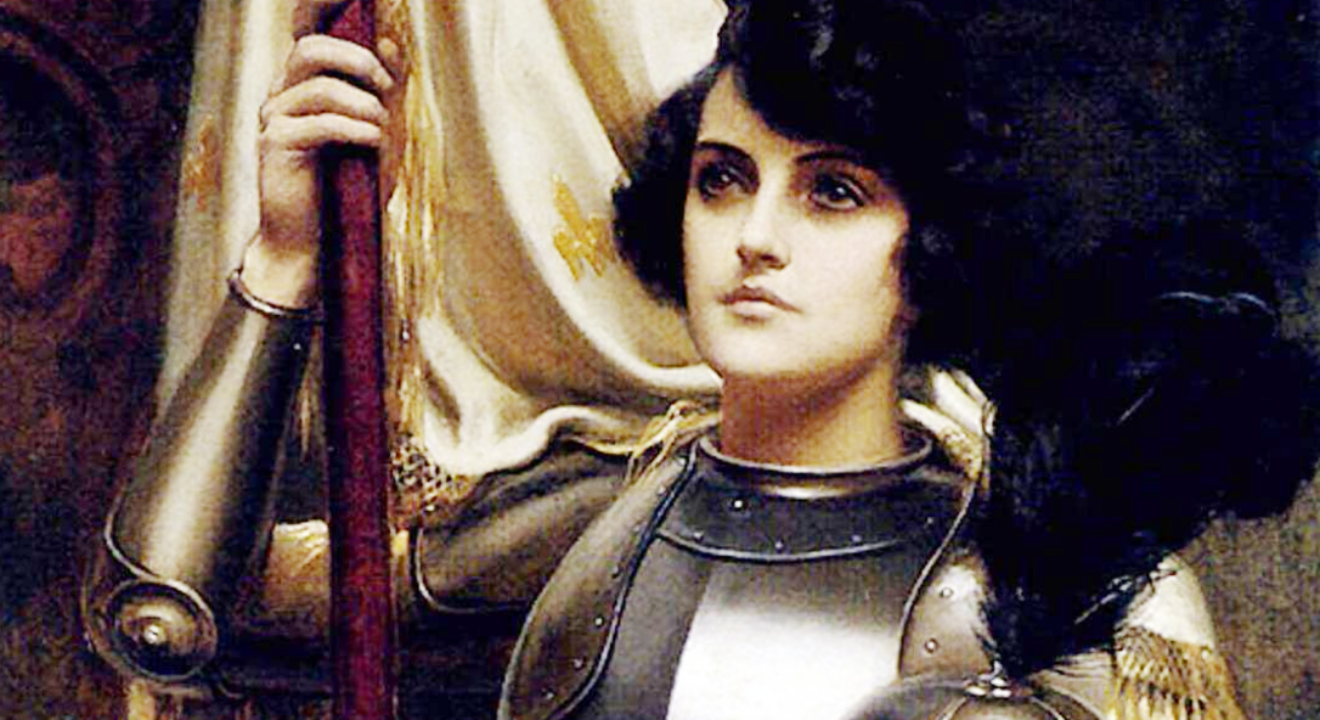Inspiration June 7, 2017


Joan of Arc remains one of the most famous women in history, having influenced over the Catholic Church as well as pop culture with movies and TV shows based on her life.
So now, ENTITY explores the history behind the wrongfully accused woman who was burned at the stake while fighting for France’s independence from British rule during the Hundred Years’ War.
Here are five things your history teacher did not tell you about Joan of Arc.
One of the biggest Joan of Arc accomplishments (and misconceptions) includes her modern depiction as a fierce fighting warrior. Although she’s definitely been injured during battle, she surprisingly chose not to engage in fighting herself.
Two famous Joan of Arc quotes explain her decision, including when she stated, “I would rather die than do something which I know to be a sin or against God’s will. In the second quote, she said, “When I went against my enemy, I carried my banner myself, lest I kill any. I have never killed a man.”
Instead of fighting, Joan of Arc lead the French troops to combat, but she, herself, restrained from participating in violence. She strategized military plans and proposed solutions to defeat the English. And even though her ideas were constantly turned down, nevertheless she persisted.
Badass may not be the word your college professor has used to describe Joan of Arc, but that’s just what she was. The courageous woman often lost her temper with the men in the army, constantly scolding those who swore, skipped mass and behaved badly.
She was also known for scaring off mistresses and prostitutes who frequented the men. How’d she threaten them? By hitting them with the flat part of her sword.
The woman we know today as “Joan of Arc” was actually born as “Jehanne” in a small northeastern French village called Domrémy. Last names were uncommon in medieval France, which could explain the confusion she encountered when testifying during her trial. Last names usually signified a significant journey or pilgrimage a person accomplished during his or her life. The “Arc” comes from her father’s surname, “Jacques d’Arc.”
Despite this, however, she preferred to be known as Jehanne la Pucelle, which translates to “Joan the Maiden.”
Great women can have great flaws, too. Perhaps these flaws are what make them especially unique and magnificent. Joan of Arc reported having visions and hearing voices at only 13 years old.
Experts today believe Joan suffered from a variety of neurological and psychiatric disorders, including migraines, bipolar disorder and brain lesions. All of these can trigger hallucinations and impair thinking.
During her trial, she admitted to hearing angels “instructing her to deliver France from the invading English and establish Charles VII as the country’s rightful king,” reports the History Channel website. She also claimed that a bright light would appear whenever she heard voices, a common symptom of schizophrenia disorder.
What’s strange, though, is that these visions came true. Joan of Arc did, in fact, lead King Charles to victory over his country. Unfortunately, King Charles did not reward her bravery, but rather he alienated her from his army. Talk about an under-appreciated woman of her time.
“The accusations that led to her being burned at the stake all dealt with her dressing as a man and believing she could talk to God,” according to Ranker.
During her last days alive, Joan of Arc dressed in male attire while locked in a cell. She then proceeded to tell an already angered judge about the voices in her head.
Years later, though, Pope Benedict XV honored Joan of Arc’s life and initiated her canonization on May 16, 1920 at St. Peter’s Basilica, Rome. She continues to symbolize freedom and bravery not just for Catholics, but for the entire French nation and for women everywhere.